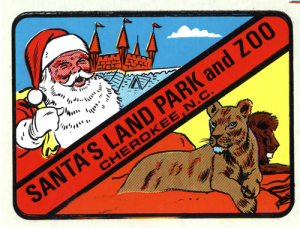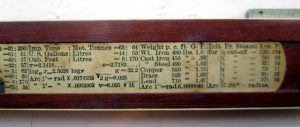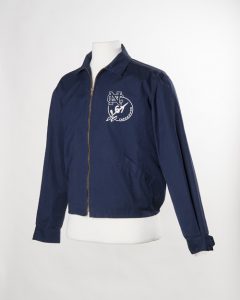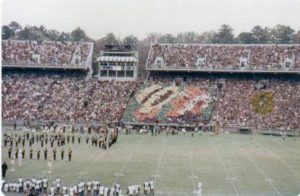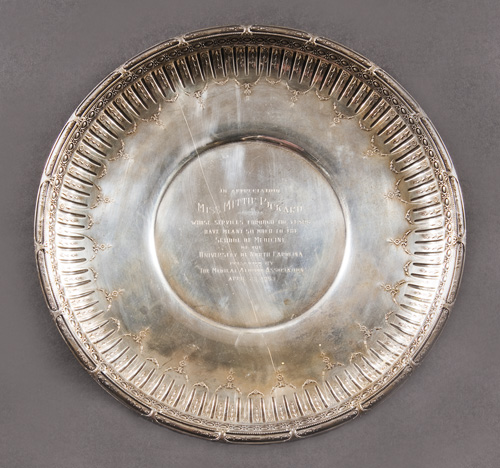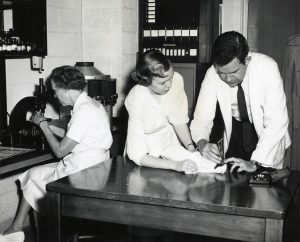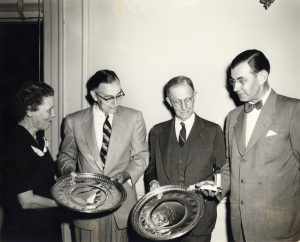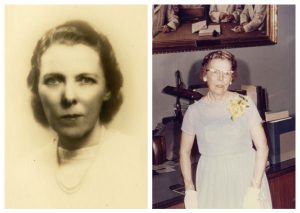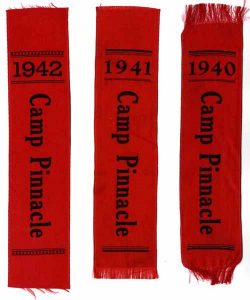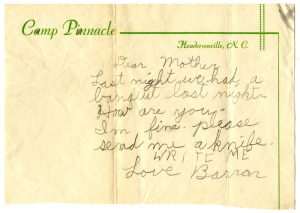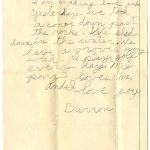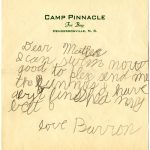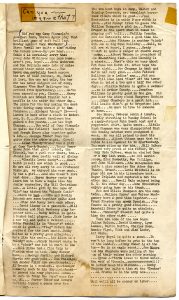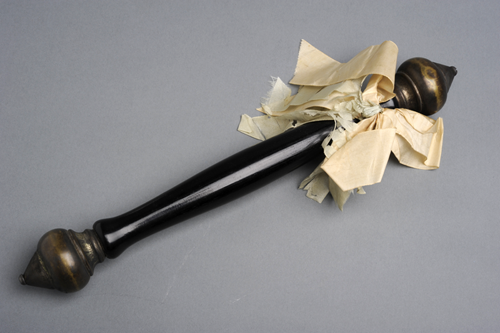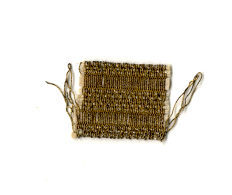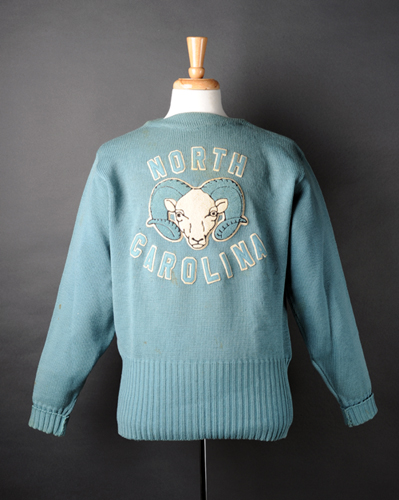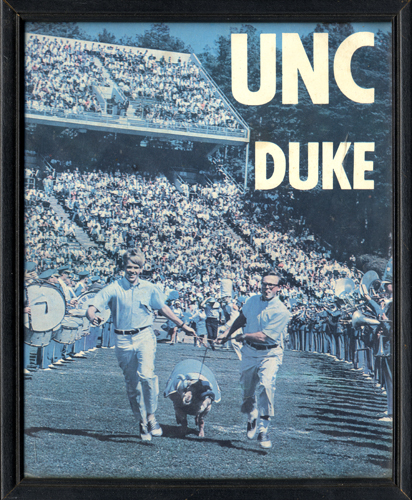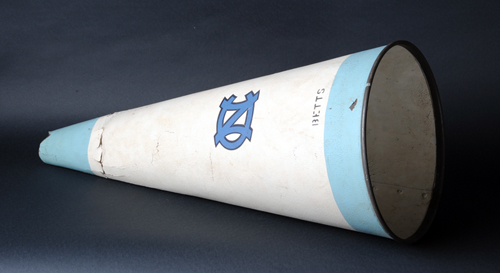Where can you find North Pole resident Santa Claus fraternizing with a lion and a puma? Only on this souvenir decal from Santa’s Land Park and Zoo in Cherokee, NC.
The undated decal, our December Artifact of the Month, gives us Santa-as-cultural-icon, as opposed to Santa-as-symbol-of-Christmas. Aside from Mr. Claus, nothing in the image is remotely Christmas-y. And the park itself is open throughout most of the year but not during the winter holidays.
While the park’s opening date is elusive, the decal’s graphics and this postcard from Flickr user Jacob…K indicate that Santa’s Land has been around for several decades.
The amusement park at Santa’s Land offers innocent fun like the “Rudicoaster” — a roller coaster that approximates the experience of riding in a sleigh pulled by Rudolph. But Santa’s Land’s zoo has been in the news recently, due to complaints from Cherokee tribal elders over the park’s treatment of its captive bears.
This travel decal is one of many from the Lew Powell Memorabilia Collection, which is rich with wonderful North Caroliniana. Stay tuned: In the coming year we’ll launch a digital collection featuring a selection of items from this collection.

